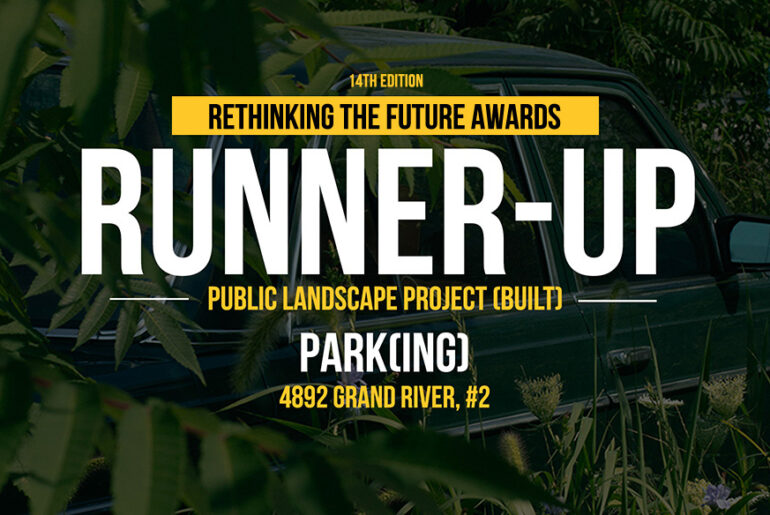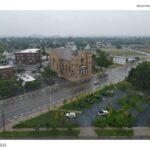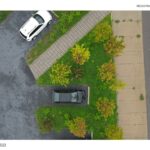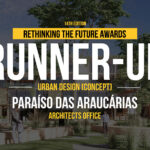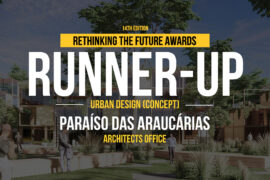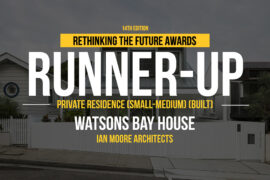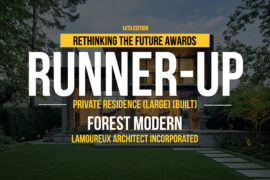The entrant is well-known for creating a distinct urban community within Detroit’s Core City neighborhood, with the integration of public greenspaces and lush greenery at the center of all projects. The neighborhood is bounded by three award-winning entrant projects, all walkable within five minutes: True North, a community of eight Quonset huts on 25,000 square feet of land; Caterpillar, a 9,000 square foot eight-unit Quonset hut nestled in a 180-tree public green space designed by award-winning architect Julie Bargmann of D.I.R.T studio; and Core City Park, also designed by Bargmann, a former parking lot transformed into an urban oasis with more than 100 trees across 8,000 square feet of land. Core City Park is the nexus of the neighborhood, home to celebrated Argentinian restaurant Barda and welcoming new cafe and coffee concepts this Fall.
Rethinking The Future Awards 2023
Third Award | Public Landscape Project (Built)
Project Name: PARK(ing)
Category: Public Landscape Project (Built)
Studio Name: Landscape: D.I.R.T. studio
Design Team: Landscape Architect: Julie Bargmann, Designer: Andrew Schwartz
Area: Landscape architecture; public parking, infrastructure and greenspace
Year: 2022
Location: Detroit, MI
Consultants: n/a
Photography Credits: Chris Miele and Andrew Schwartz
Render Credits: n/a
Other Credits: n/a
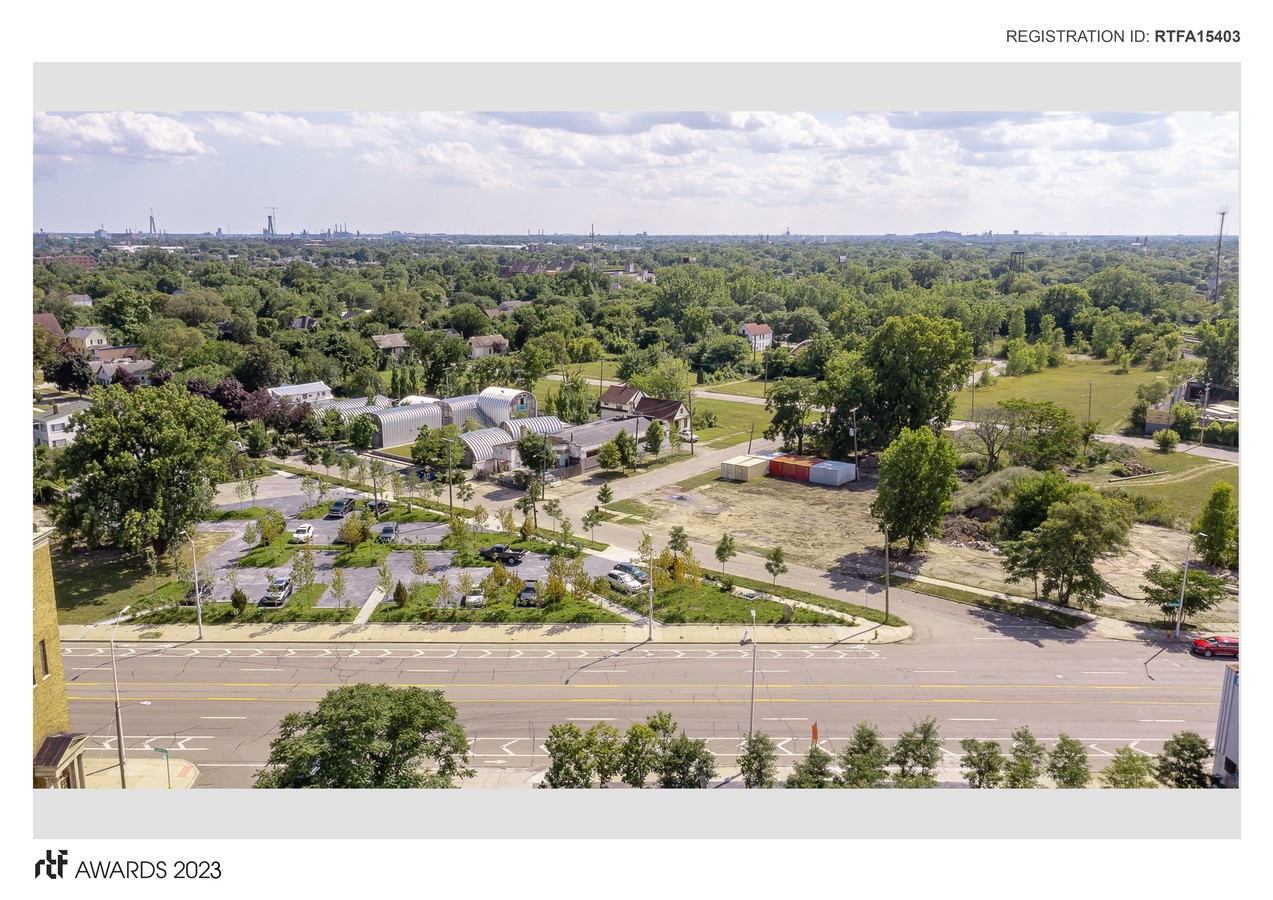
In 2022, we completed PARK(ing), extending Core City Park with a community greenspace that doubles as a 28-car parking lot. Located in the heart of Detroit’s Core City, the 21,000-square-foot site is generously punctuated with 76 trees, creating a parking lot that is in harmony with nature—underpinning beauty and functionality in a lush urban environment. Every project, no matter its object, is an opportunity to inspire; and with PARK(ing), we seek to create an urban environment that takes cues from the surrounding area and expresses our overall intent in Core City—the creation of inspired indoor and outdoor spaces. Designed by Julie Bargmann, PARK(ing) builds onto this concept while providing the neighborhood with a central place to park cars free of charge.
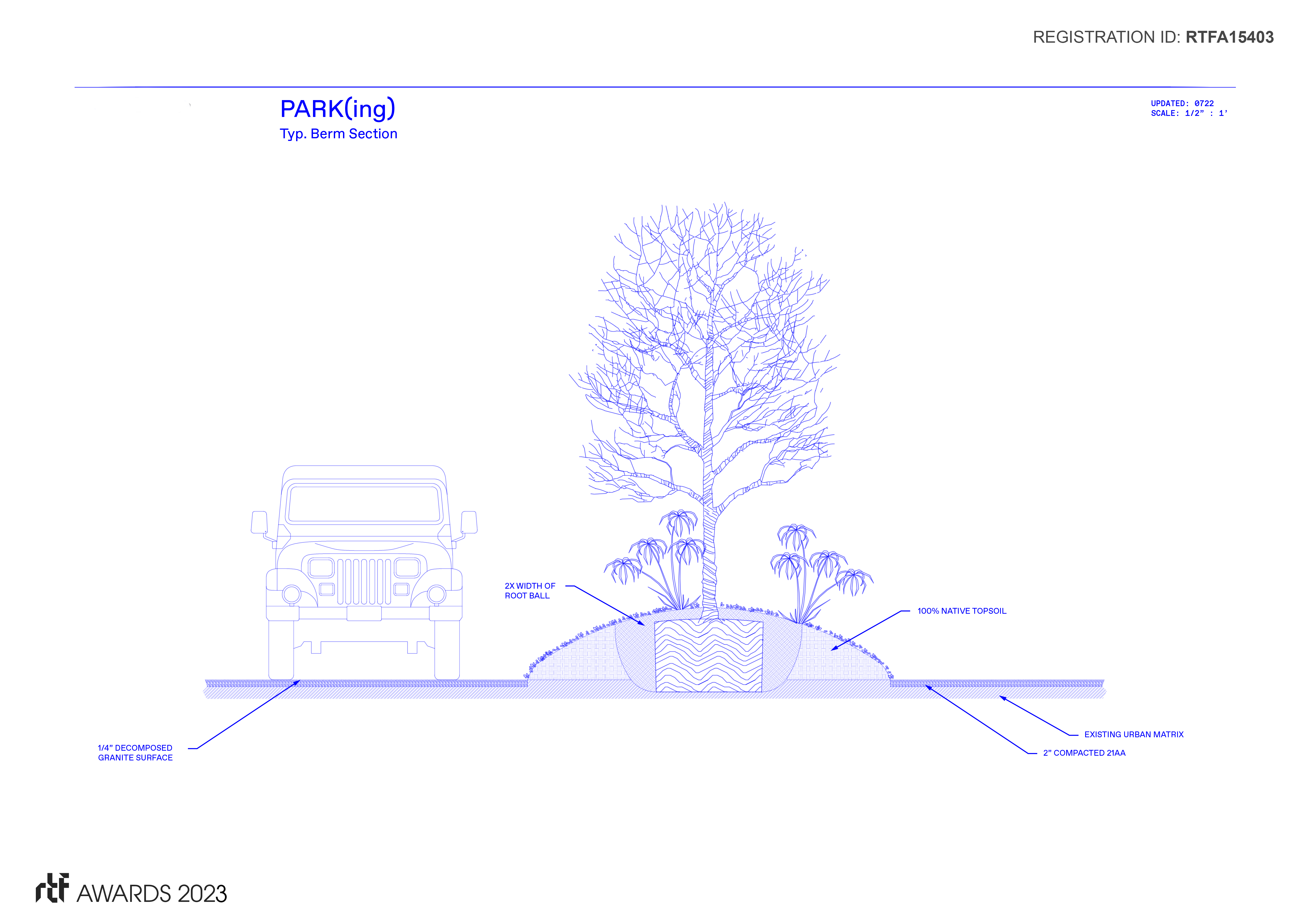
Contrary to what most urbanites believe, America does not have a parking problem; America has plenty of space. America has a walking and urban landscape problem. The country’s biggest urbanism challenge is a lack of walkable communities. Parting with traditional asphalt parking lots littered with trash and sunken potholes, PARK(ing) thoughtfully uses pavers and granite as ground cover—not concrete—to shift the focus away from cars and back to people.
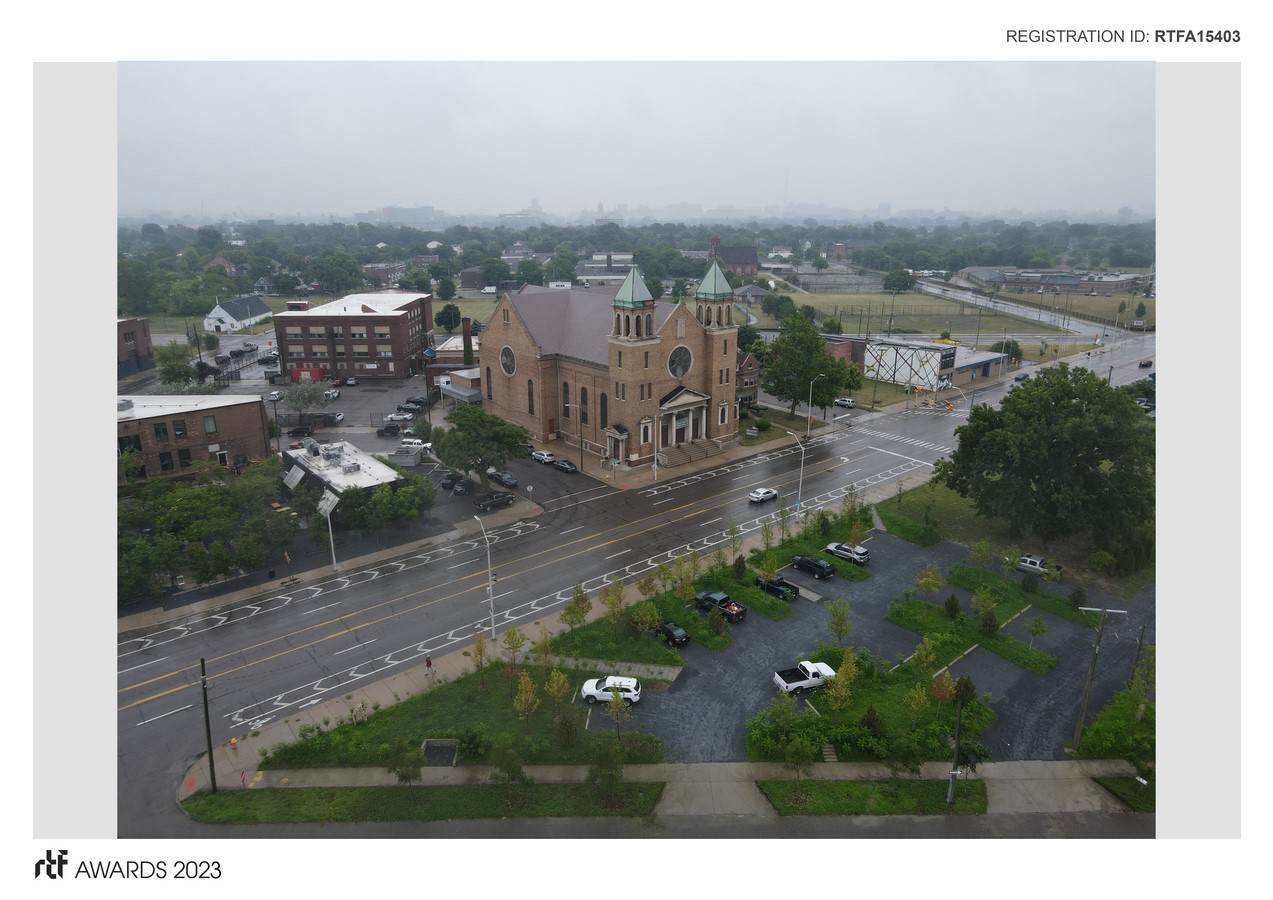
During the day, cars are disguised by lush green berms, heavily planted with sumac, maple and evergreen trees, and in the evening, the park serves as an extension of Core City Park, as a thoughtful public garden for connection, contemplation and enjoyment. Imagine the parking lot of a big-box store, cracked and weathered with time, then picture the magnificence of a lush forest that offers refuge to humans and nature alike, amidst the backdrop of a bustling urban environment. PARK(ing) gives priority to the pulse of Core City and those who inhabit it, serving as a model of human-centered and functional design at its finest.

